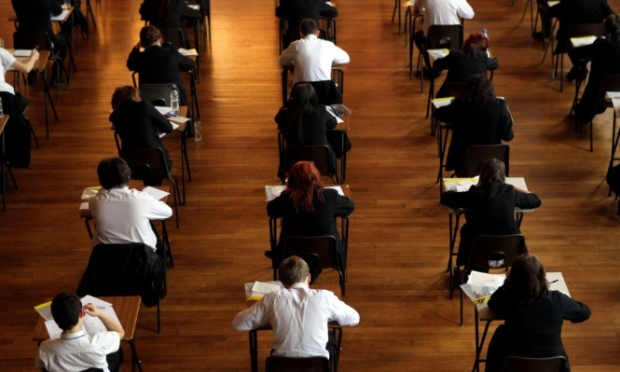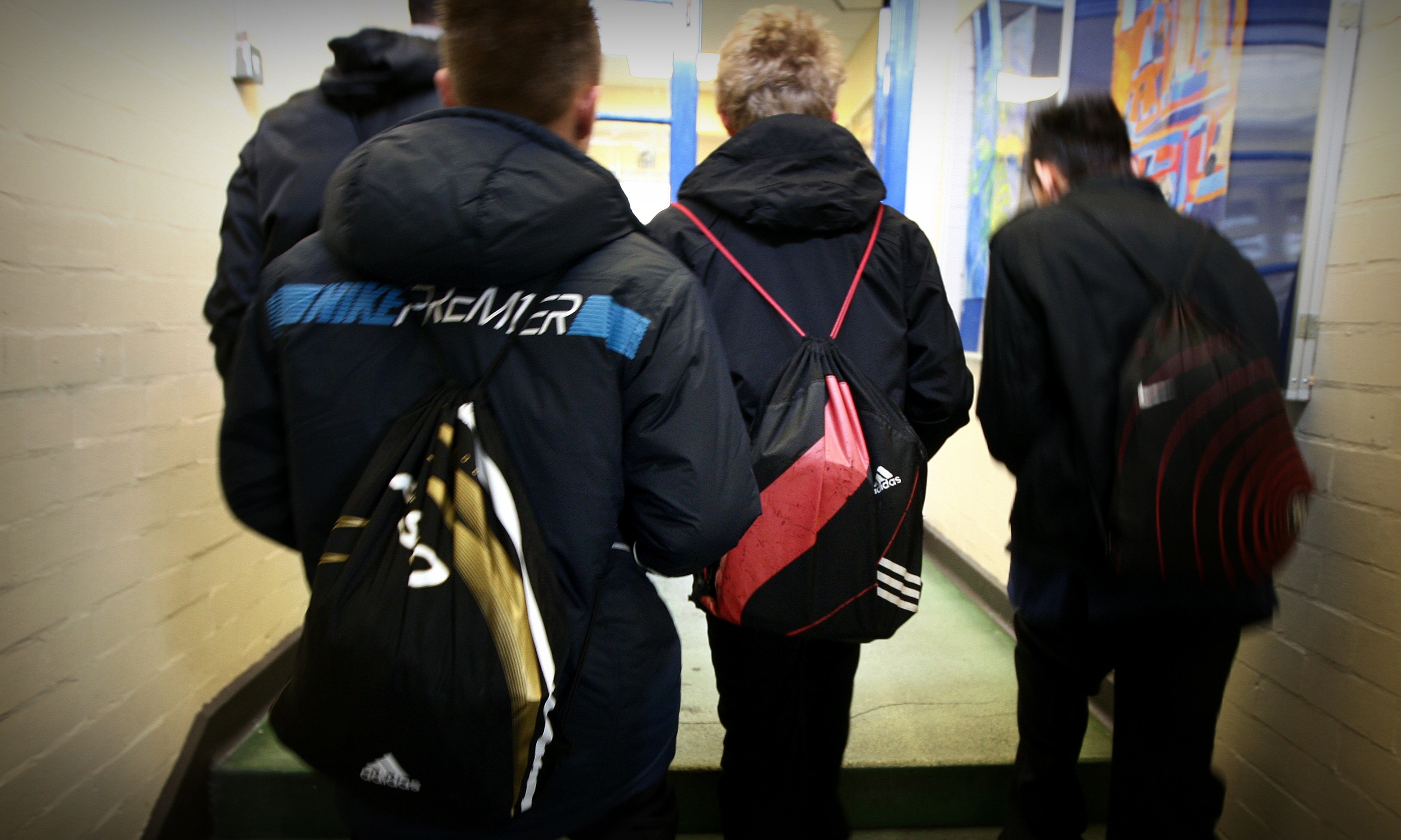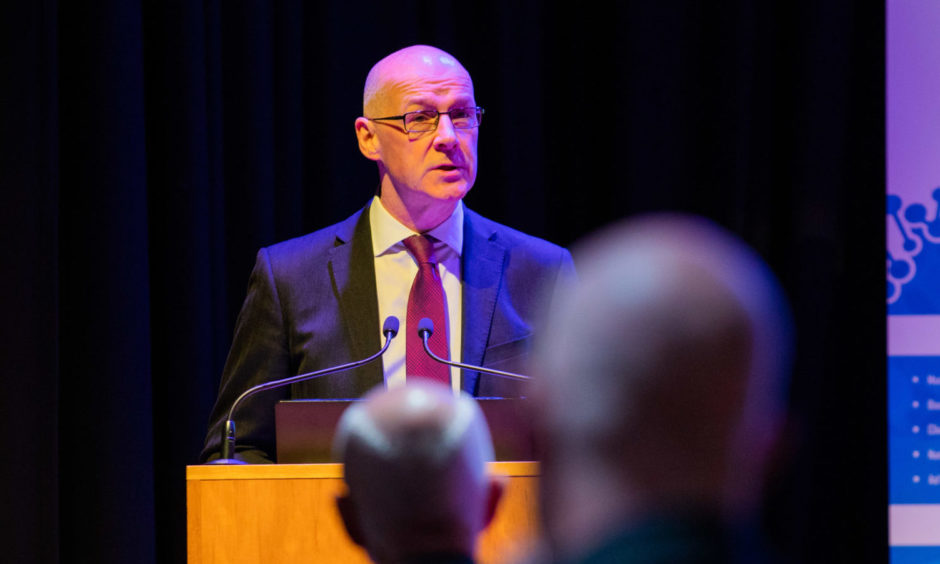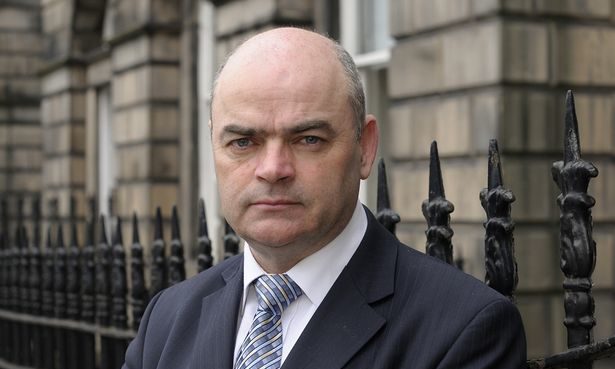Children should not have to physically distance when schools return next month despite “less clear” evidence about the safety of older pupils, the Scottish Government’s scientific advisers have said.
A new report from the advisory group recommends primary and secondary pupils can return on August 11 without physical distancing but teachers should remain two metres away where possible.
Educators would only need to wear a mask if they are face-to-face with youngsters for more than 15 minutes and cannot maintain distancing rules, although any pupil or teacher wanting to wear a face covering should be able to do so.
It is also recommended “higher risk” group activities such as assemblies, choirs and gym and drama classes should not be reintroduced immediately.
The report warns of the “less clear” evidence around physical distancing for older pupils but suggests the benefits of all children returning to school full-time outweigh the dangers “on the balance of known risks”.
Of the confirmed 18,365 Covid-19 infections up to July 12, there were just 151 positive cases in under-15s, according to the Government’s figures, while no-one under the age of 16 has died as a result of the disease.
The report states: “We conclude that – subject to continued suppression of the virus and to surveillance and mitigations being in place – the balance of the evidence suggests that no distancing should be required between children in primary schools.
“The evidence is less clear for secondary schools but at present, we would support the same approach being taken in secondary schools on the basis of the balance of known risks and the effectiveness of mitigation.”
It advises schools should take a “zero-tolerance” approach to coronavirus symptoms and recommends pupils travel to school on foot, bike or scooter where possible.
Distancing would not be required on school buses or other dedicated vehicles but children should observe the same rules as everyone else on public transport.

Other measures include an increased emphasis on hand hygiene and surface cleaning, avoiding large gathering, keeping pupils within the same groups for the duration of the school day and movement between schools being kept to an “absolute minimum”.
Education secretary John Swinney said the advice would “inform the way schools can reopen safely” next month but it is understood talks are still ongoing between ministers, councils, parent groups and teachers’ representatives.
He said: “We are considering this advice as we develop comprehensive guidance which will give confidence to our school communities that the safety and wellbeing of children, young people and staff is ensured as we welcome them back.
“Ensuring the highest quality education for our young people, in a safe environment, must be a priority for us all, and I know that everyone is committed to make sure that children’s education is not adversely affected in the longer term.”
Scotland’s largest teaching union said “significant discussion” was still required before it would be satisfied a return to schools is safe.
Larry Flanagan, general secretary of the EIS union, said: “The reports highlight the importance of significant mitigations being operational in schools. The EIS will engage in discussion as to what these should be.
“Pro-active testing of school communities is certainly one measure which should be in place and we also think that more should be done around senior pupils, who are young adults rather than children.”
Speaking at the daily coronavirus briefing in Edinburgh, first minister Nicola Sturgeon said a scenario where a single coronavirus case causes an entire school to shut down could not ruled out.












